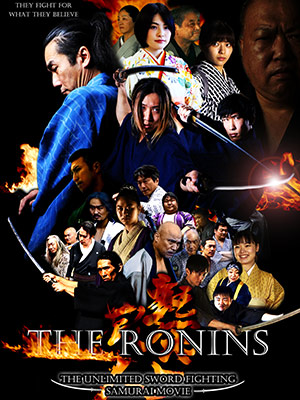Reisai: October 16.
Nifutsuhime Shrine, a.k.a. Amano Daisya Shrine, is over 1700 years old shrine and the top of 180 Niutsuhime shrines in Japan. It is also the top shrine of Wakayama Prefecture. In early, 9th century, when priest Kukai estalbished Koyasan Kongobushi, This shrine donated their land to him. Therefore, this shrine is located at the entrance of Koyasan and the path of Kumanokodo. The main shrines and gate are registered as the national important cultural assets and UNESCO World Heritage Site. Those buildings are constructed around the early to middle of Muromachi Era about 600 years ago. Two dogs are built in Kamakura era that is over 800 years ago.
The entire site is registered as the national historic site.
Honden, the main shrines
Niutsuhime-no-okami deity is enshrined in the first shrine building from the right, Takanomiko-no-okami deity is in the second, Ogetsuhime-no-okami deity in the third, Ichikishimahime-no-okami deity in the fourth. They were reconstructed in the 15th century. All four big shrines are designated as national important cultural assets. Wakamiya, the small shrine and is dedicated to Priest Gyosho.
Romon Gate
This two-storied gate was built in 1499, designated as a national important cultural asset.






